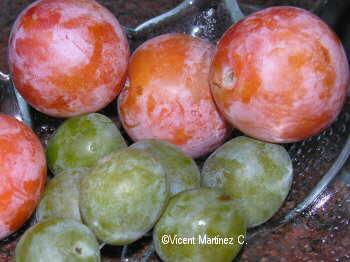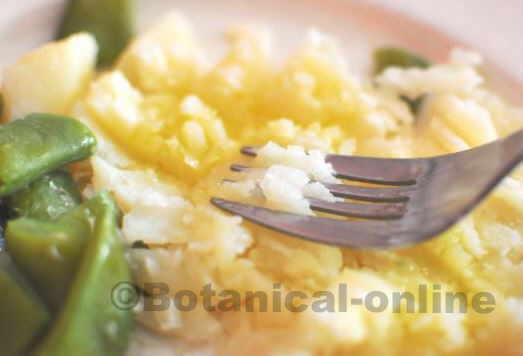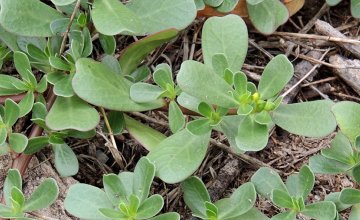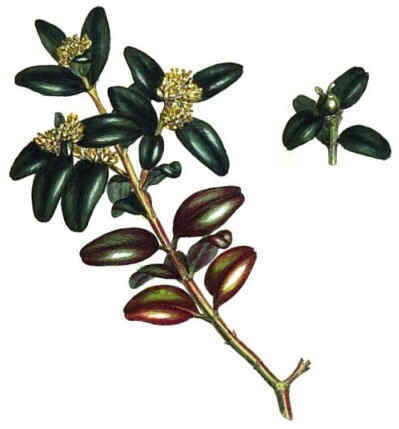Contents
Whole grain bread recipes
HOW TO MAKE WHOLEGRAIN BREAD AT HOME
Although modernity has lost the habit of making bread at home, one should use to do it again, as did our mothers or grandmothers. Homemade bread tastes better and it has food qualities that modern bread can not match.
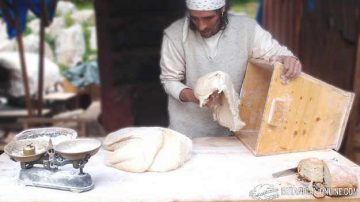
The process described on this page explains how to make homemade whole bread. While whole bread is preferred, the process is the same for white bread. Just replace the whole wheat flour with refined flour. Then, at the end of the article, it is described how to make some bread varieties, adding other ingredients that change its taste and give it a more original touch.
Ingredients for whole bread
– Flour: It must be whole, so it is necessary to look for it in a trustworthy establishment or to obtain it by grinding the whole grain. To achieve this you can buy a flour mill with stone wheels, so as to retain the germ. You do not need to grind more than necessary to keep it from going rancid. If there are leftovers, they have to be kept in a place with low humidity.
– Oil: This it must be of vegetal origin. Olive oil, sunflower oil, etc.
– Yeast: Although you can use baking soda, it is best done with natural yeast.
– Marine Salt.
– Water.
Elaboration of the dough
– First check the water temperature reaches 22 º C.
– On a table or a wood chopping board, make a large circle with flour.
– In the center of the circle place the yeast, salt, oil and mix well.
– Add the flour in the center and go pouring water slowly stirring it up as we go. Check that water is at the proper temperature.
– When the dough has a pasty consistency and can stretch to some extent without breaking, forming a thin sheet or when the dough does not stick between your fingers, we can say that the dough is already in the right point.
Rest and fermentation of the dough
Once we have the dough, we will let it rest for yeast to ferment and make the dough rise. We will place the dough in a warm spot with a temperature below 20 º C and we will cover it with a piece of clean, damp burlap. If the room is cooler, we will use some heating system to reach this temperature. We will keep it away from air currents that can affect the mass, and could change the process of fermentation.
After about two hours or three at most, the dough is ready. Very important: if too much time is given to rest, it might crack, so we should not let this happen.
Making bread
Once the dough is ready, we will start preparing the bread pieces:
– Place a piece of dough on a tray or metal plate that should be kept warm. For the mass not to stick on it, a little flour should be sprinkled on the plate.
– On this tray, we will be shaping the dough until the part shows a suitable swelling and the surface of it is turgid.
– We will cut the appropriate piece with a hot knife and place it in a mold in the bottom of which we have dusted with flour so that the piece does not get stuck on it. We can make different pieces of bread: loaves, baguettes, bread rolls, etc. Bread molds can be bought in supermarkets or specialty stores,
– We’ll let the piece stand for half hour or three quarters of an hour.
Baking bread
Once the bread has rested the adequate time, it must be inserted into a preheated oven at 200 º C. The constant temperature cooking will last, more or less, between 40 and 60 minutes. Care should be taken that cooking temperature does not vary throughout the cooking process.
Wood ovens are best, but they are more difficult to have at today’s homes. In their absence, an electric oven will be chosen because it better maintains a constant temperature than gas ovens. You have to set the temperature on the thermostat. Place the bread in the middle tray and cook it using only the heat that comes from the oven floor.
You can see that the bread is cooked, besides of its golden color, because if we introduce a knife, this moves in and out perfectly without leaving any speck of bread attached to it.
How to make homemade bread last longer
This type of bread lasts between 5 and 7 days. It can be left in a dry place, in a clay pot or a wooden baker’s Rack. If you want, you can freeze it to keep it longer. It can be thawed and re-baked for a few minutes to become tender.
Problems with homemade bread.
The process of making home bread requires experience to secure the exact amounts of the suitable ingredients. It is not always easy, since these amounts depend on the characteristics of the ingredients. For example, when flour is a little old, it can result in a little swollen bread, with the very heavy crumb and the crust with little color. Making good bread requires experience and only practice can give us the approximate measures. Sometimes homemade bread does not meet our expectations. This can be due to some of the following reasons:
– Non-spongy bread and with holes in it: This is because a low proportion of yeast. The next time you have to add more. It may be because the water in which the dough was prepared was too hot. We must always strive to maintain the same at 22 ° C.
– Bread with a heavy and very hard crust. It is probably because the dough during the fermentation period came in contact with air. Try to cover the dough with a damp cloth to protect it from contact with air.
– Tasteless bread, it dries quickly, crumbly and has a very pale bark. This occurred probably because we have added a little salt. Add more salt next time.
– Non-spongy bread, crumb with holes and dry crust: Excess of salt. Add less salt next time.
Varieties of homemade bread
The above recipe is designed for the “normal” brown or white bread. If desired, we can experience a variety of breads experimenting with the addition of seeds, nuts or vegetables. The following combinations are most frequent in the varieties of bread, although anyone can improvise and produce new ones.
– Onion bread: It consists of adding pieces of fried or raw onions when you are making the dough.
– Anise bread: Add a few seeds of this spice when you are making the dough.
– Garlic bread: Replace the regular Olive oil for olive oil which have been marinated with a couple of cloves of garlic for 5 or 6 days.
– Sesame bread: Sprinkle a pinch of sesame seeds on all sides of the loaf before putting it in the oven.
– Raisin bread: Add a few grape raisins in the process of preparing the loaves before baking.
– Fig bread: Soak in water for a few hours some dried figs. Remove from water and drain. Add them in the process of preparing the dough.
– Egg Bread: Wet the surface of the pieces of bread with a brush dipped in beaten egg before baking.
![]() More information on bread.
More information on bread.



